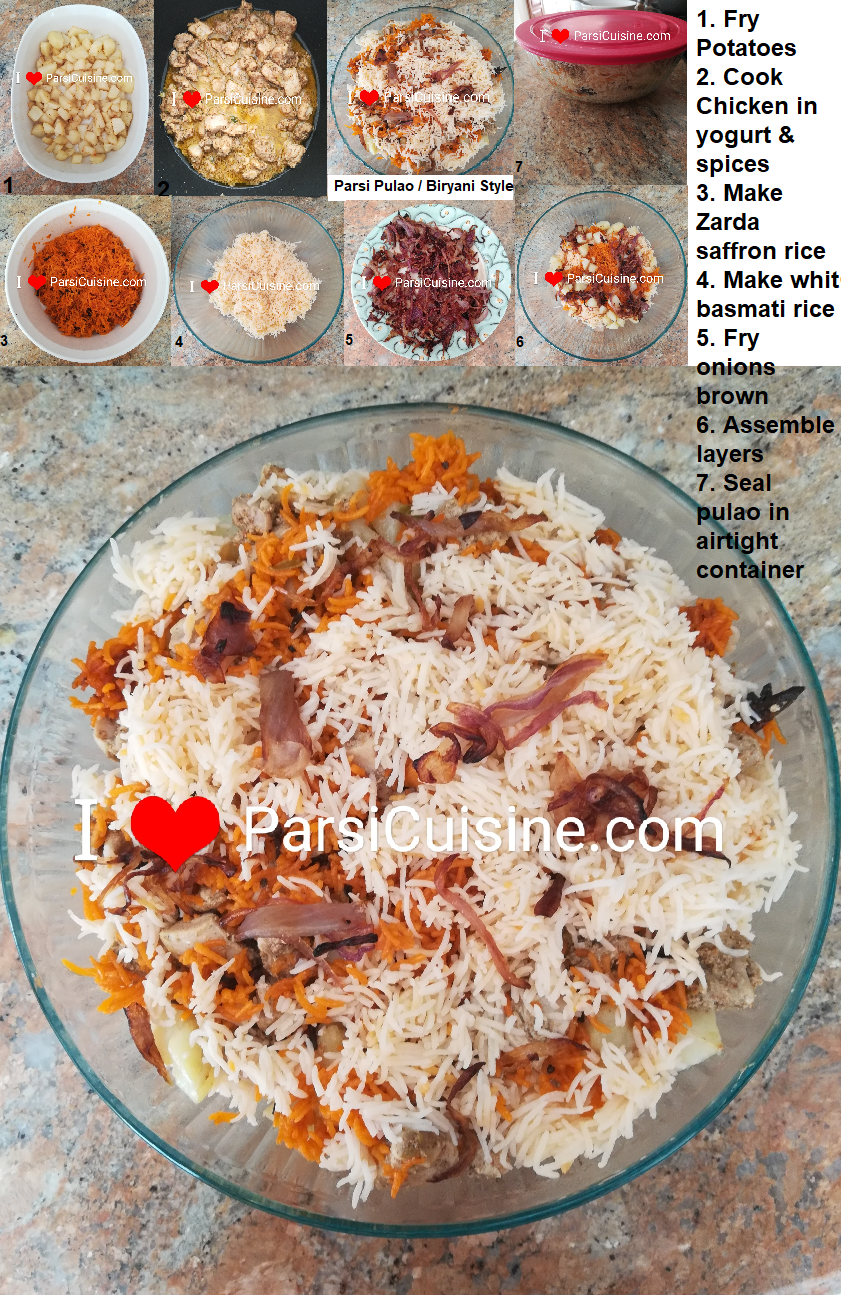Books available on Amazon
Manna of the 21st Century: Parsi Cuisine
Paperback
https://www.amazon.com/dp/1090868391
Hardcover
https://www.amazon.com/dp/B0962FML7W
Indian Parsi Kitchen
https://www.amazon.com/dp/1535410132
Celebrations: Celebrating Zoroastrian Festivals and Traditions
https://www.amazon.com/dp/152381845X
Dhansak: Parsi Cuisine
https://amzn.to/4d92fuv



Anonymous
Apr 4, 2020, 3:59 pmLet me tell you that Pakistan is the country which has amazing recipe of Al biryani and no offence to my other abroad friends.
Rita
Apr 4, 2020, 4:23 pmYes Sir!!
Difference Between Indian and Pakistani Biryani – Which Is Better?
Aug 8, 2020, 3:19 pm[…] be the origin, today Biryani has found its way into every heart. Every corner of the world cooks it in a rather […]
Buryani – ParsiCuisine.com Good Food, Good Health, Good Life
Sep 9, 2022, 10:13 am[…] it is a dish made with vegetables and meats. This buryani is generally eaten with biryani or rice pulav and my guess is that it is the dish got named as a “Biryani” to “Buryani”. […]